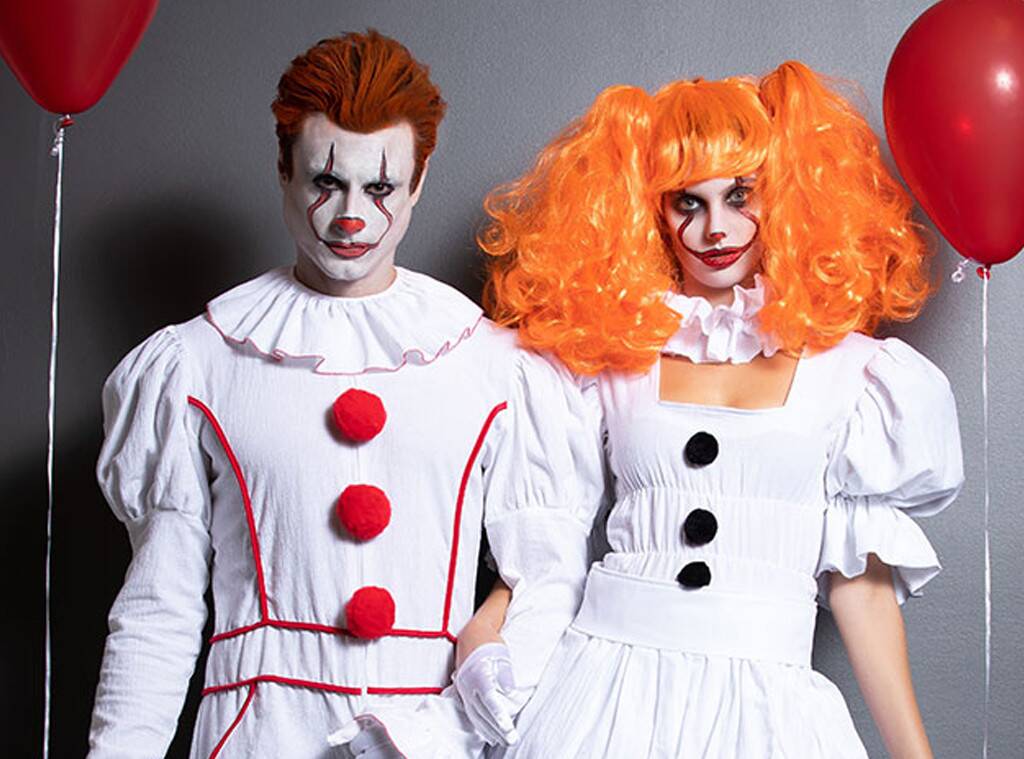Halloween is fast approaching. There is no doubt that a multitude of pirates, devils and skeletons will soon be roaming the streets of Leeds. I personally will be sporting a Jamie Oliver mask, which won my heart as it was cheap and reflective of my culinary expertise (I am yet to use the oven in my halls). It is a day of free reign, of fancy dress and creepy films. And yet, a quick look online exposes a range of contentious outfits, ranging from the ‘child bride’ to the ‘flasher’. Worryingly, the number of Google searches for “Native American costume” have doubled in the past week, forewarning the potential cultural appropriation to come. Where is the line between a humorous outfit and an inappropriate one? And, is it reasonable to be outraged at outfits based on dark humour?
Not all outfits have the potential to offend. Complaints about dressing up as a traffic cone, for instance, will likely go unheard (a troop of giant orange cones were spotted lurking by Hyde Park just the other day). It is only when one steps on contentious emotional or cultural ground that the outfit might be construed as hurtful. Many costumes are funny due to their outrageous nature, often satirising political or social norms. With some costume parties encouraging the most humourous and outlandish costumes to be worn, it is of no surprise that the outfits often surpass the point where everyone is laughing.

In the run up to this year’s Halloween, there has been significant controversy surrounding a Child Bride outfit which was being sold in Australian KMART stores. The offense caused by this costume – which crudely satirises underage marriage – led to a Change.org petition which garnered over 500 signatures. Petition starter Shannon B commented: “Tell Kmart this is beyond inappropriate and offensive”. As a response to the public backlash, the outfit was withdrawn from shops, evidence that public pressure has the potential to change what is acceptable Halloween conduct.
However, not everyone looked upon the outfit in the same light. A “Let Kids Be Kids” petition to restore the costume to shelves ran counter to this, gaining more than 3,600 signatures in two days. “It’s Halloween — leave the kids! It’s one day of candy!”, commented Whoopi Goldberg, decontextualizing the harmless act of dressing up in a wedding dress from the serious nature of actual child marriage.
However, Halloween doesn’t exist in a void outside the realms of reality: it is estimated that between 5,000 and 8,000 people are at risk of being forced into marriage every year in England. The seriousness of the problem in real life is clear, but whether it is appropriate to take offense at politicised costumes is far more divisive.
Similar outrage occurred when two people dressed up as the Twin Towers in 2015, making light of the 9/11 attacks. A common conclusion can be drawn here: there is a fine line between a costume whose humour stems from it being innovative and outrageous, and one that denotes offense, which is crossed at the wearer’s risk. Costumes that make light of emotional and sensitive subjects, even when worn with no bad intentions, can still cause offense.
Yet, when offense is caused due to naivety on the part of the wearer, what is an appropriate response? Justin Trudeau was recently embroiled in a scandal over earlier accounts of blackfacing which came to light as he ran for a second term as the Canadian Prime Minister. After repeated apologies, he commented that “Darkening your face is always unacceptable because of the racist history of blackface. I should have understood that then, and I never should have done it.” Trudeau’s insensitive idea of costume was highly offensive to many, with critics questioning whether he was fit to stand as Prime Minister. The leader of Canada’s Green Party, Elizabeth May, said that she was “deeply shocked by the racism shown in the photograph.” Indeed, many concluded that Trudeau was a racist, rather than accepting that his fault was an immense ‘blind spot’ in judgment.

The photos and video which came to light had the potential to permanently shatter Trudeau’s political career. However, despite his egregiously inappropriate conduct, others pleaded for Trudeau’s forgiveness, with one supporter stating “What Justin Trudeau did was wrong. He has apologized. I know it is not representative of the man he is. This is a teachable moment for all of us. I accept his apology and I hope Canadians do too.”
There is an abundance of other instances where celebrities received backlash for inappropriate costumes. Paul Hollywood once dressed up as a Nazi at a Halloween party, just as Prince Harry also did in back in 2005. Immigration and Customs Enforcement Secretary Julie Myers was involved in a scandal when she awarded “Best Costume” to an ‘escaped Jamaican prisoner’ dressed in dreadlocks and blackface. It is clear that offensive and contentious costumes still have the propensity to cause upset, as they would any other day, potentially with lifelong consequences.
Appropriating another’s culture or ethnicity, even without intending to, can be offensive and demeaning. This is also the case with trivialising sensitive emotional matters, at the expense of another. The so-called “tranny granny” costume was removed from Walmart’s shelves after customers complained that it mocks and satirizes transgender women, as well as using a transphobic slur.
Whilst public outcry has the ability to regulate what we see on the shelves, it is clear that Halloween creates a market for outfits which would never be appropriate on other days. Whether it is reasonable to wear darkly humorous costumes, where there is potential for offense, is divisive, and whether the outrage received is commensurate with the act, when it was intended as a joke, is another question. To avoid causing offense, ensure you fully consider and understand what your costume might mean to others before you wear it.
[Image: eonline]

